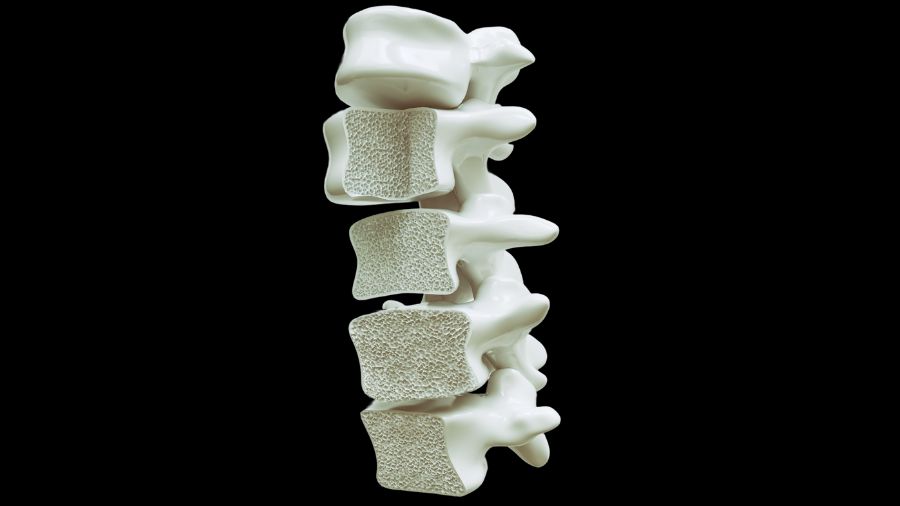(L to R) Co-first authors Rashi Gupta and Emma Vanlieshout, and senior author Dr. Joan Wither.
Researchers at University Health Network’s Schroeder Arthritis Institute have identified immune system factors that prevent and promote the development of systemic autoimmune rheumatic diseases (SARDs).
SARDs are rare inflammatory conditions, including lupus and Sjögren’s disease, that are associated with the production of high levels of antinuclear antibodies (ANAs) – antibodies that attack the body’s own tissues.
A positive ANA test – meaning that ANAs have been detected in a patient’s blood – typically indicates the presence of an autoimmune disease; however, healthy individuals can also have positive ANA tests and ANAs can be detected years before the onset of autoimmune symptoms.
“It is largely unknown what immunological changes promote symptom development in SARDs and what factors prevent autoimmunity in asymptomatic individuals who have a positive ANA test,” explains Dr. Joan Wither, a Senior Scientist at the Schroeder Arthritis Institute and the senior author of the study.
“A better understanding of these factors can help clinicians identify patients who are at risk of developing symptoms in the near future,” adds Dr. Wither, who is also a professor of Medicine at the University of Toronto.
To determine the factors that promote or prevent SARD symptoms, Dr. Wither’s team characterized the amount and activity of immune cells in the blood of individuals with and without symptoms that took an ANA test. Twenty of the individuals with no symptoms at the time of their ANA test went on to develop a SARD over the two-year study period, providing an opportunity to identify critical differences that may point to the risk of SARDs.

The team discovered that people with a positive ANA test had high levels of particular immune cells, such as antibody-producing B cells and T helper cells, compared to individuals who had a negative ANA test. People with symptoms had higher levels of pro-inflammatory cells than those without symptoms. In those who progressed to develop SARD symptoms, the researchers identified higher levels of particular inflammatory and regulatory immune cells.
These findings suggest that the key difference between symptomatic and asymptomatic individuals with positive ANA tests lies in the balance between pro-inflammatory and regulatory immune cell activity. This delicate balance is disrupted in SARDs in a way that favours inflammation.
“Our discovery of immune system features that contribute to the development of SARD symptoms can guide the development of improved tests to diagnose SARDs and predict symptom progression,” says Rashi Gupta, a Master’s student in Dr. Wither’s lab and co-first author of the study. “We may also be able to eventually target these features to slow or prevent symptom progression.”
“SARDs affects about 0.5 per cent of Canadian adults and the symptoms can be debilitating,” adds Emma Vanlieshout, a PhD student in Dr. Wither’s lab and co-first author of the study. “If we can diagnose these conditions early, before symptom onset, we have a better chance of treating them and improving patients’ quality of life.”
This work was supported in part by donors to UHN Foundation.


